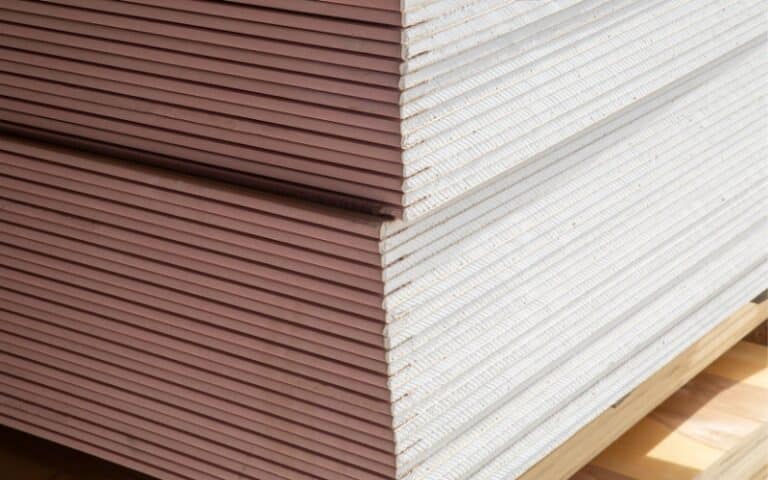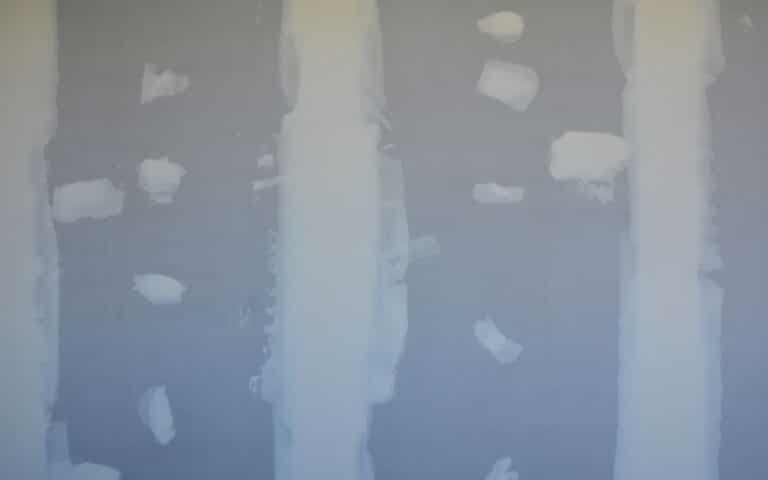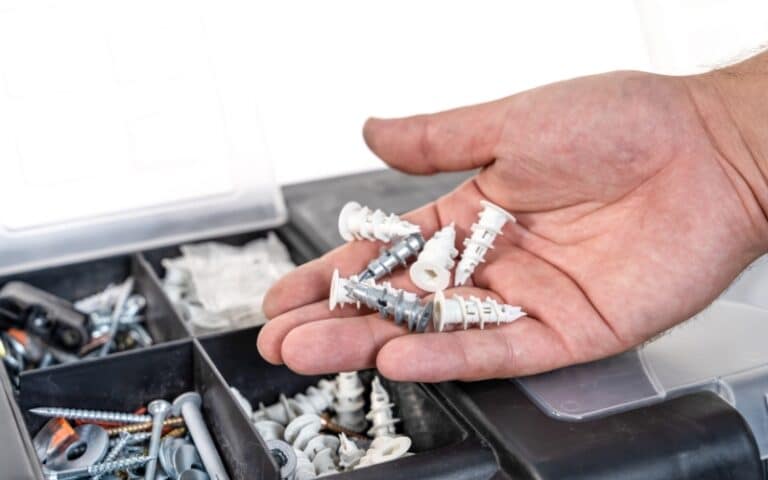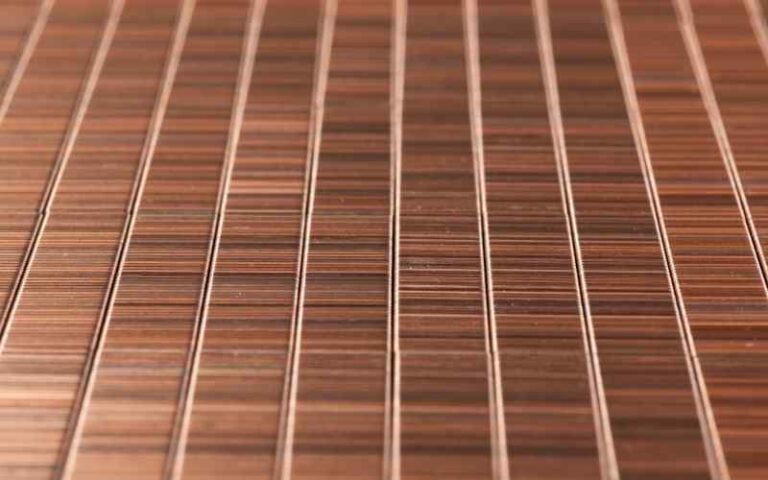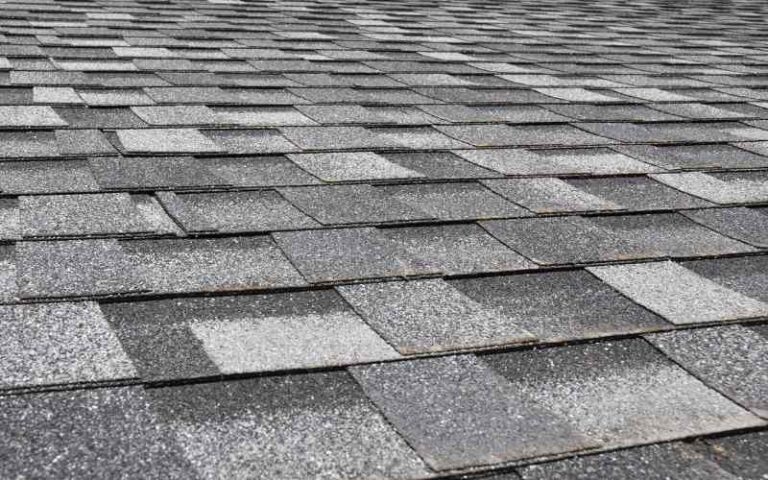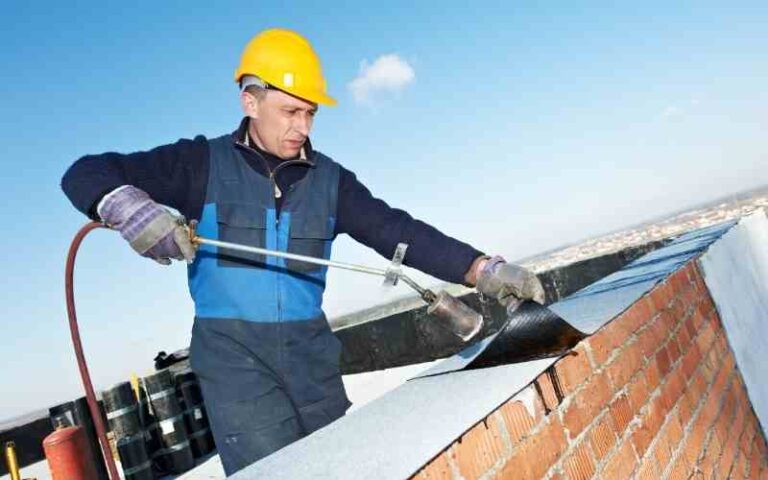The accurate position for hanging drywalls has been an ongoing discussion for a while now.
Many who choose to do a DIY drywall installation prefer following a less challenging method which could be vertical. At the same time, other professionals might go for horizontal placement.
But you may wonder if that makes one position wrong and the other right and vice versa. If so, you’re not the only one seeking this answer.
You can hang drywalls horizontally or vertically. But remember that sometimes one position favors the other, even offering more advantages, so be mindful. Additionally, some commercial buildings have a mandatory code requiring vertical drywall installations, while residential areas are more lenient. Hence, it’s best to follow mandated installation rules and decide freely for those without restrictions.
Deciding which way to hang your drywall can be frustrating, even making you indecisive, so we’ve put together a guide for you.
By the end of this article, you’ll know which drywall position is best for whatever situation and its advantages and disadvantages.
Ready for a Drywall Quiz?
Do I Hang Drywall Vertically or Horizontally?
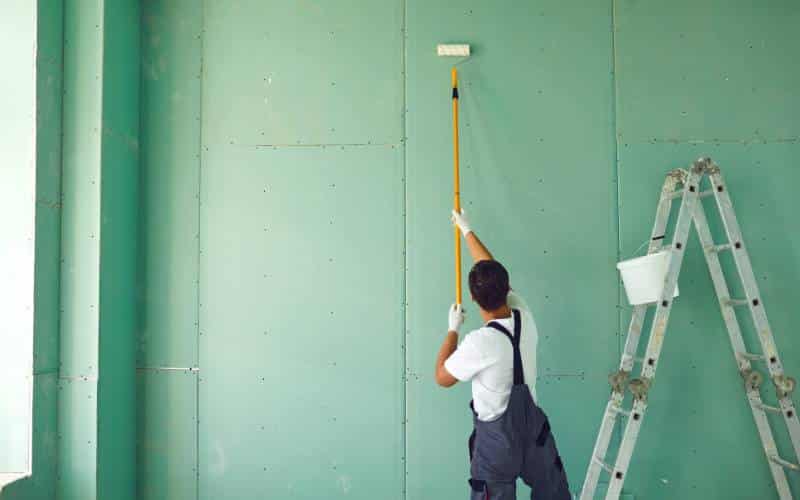
Hanging drywall vertically depends on what type of building and the wall height.
Generally, commercial buildings require vertical, while Residential ones can be horizontal or vertical, but walls above 9ft or shorter offer more benefits with horizontal drywalls.
Aside from these two factors, knowing whether to hang drywall vertically or horizontally, you should consider how each will benefit you.
Horizontal drywall placements reduce linear footage seams, doing an excellent job of minimizing tape use and giving your room a neat look and smooth finishing.
To better explain linear footage seam reduction, consider this illustration. Suppose you have a wall 9ft tall and 10ft wide.
If you attach a drywall that is 4/8 ft vertically, you’ll end up having seams of 8ft long each equaling 16ft seams total.
But if you use the same drywall of 4/8 ft horizontally, you’ll realize a difference. That means you’ll have a bottom and top drywall of 4/8 ft with an extra 2/4 ft.
In conclusion, you get an 18 ft seam length, twice that of a vertical installation.
In such a case, you have more work to do because you need to cover all seams, and a longer seam length requires more time and work to finish.
Using a 10ft by 4ft still won’t change the seam length. But a horizontal installation of drywalls can cover this length using only two gypsum boards.
As the wall’s length continuously increases, you’ll notice a similar pattern of remaining seam lengths.
And that goes to prove that horizontal installations work best in longer drywalls reducing seam spans.
And this reduction, in turn, makes working with drywall less challenging and quicker, hence why professionals prefer it. But don’t forget the most vital part of drywall installation, measurement.
Whether you choose a vertical or horizontal attachment, you should know the accurate drywall measurement for the job regardless of position, so prioritize it.
Does It Matter Which Way You Hang Drywall?
Your drywall installation position matters. It is better to install them horizontally as it makes them stronger, reducing the risk of sagging.
If you’re a DIY person and love trying new things, the way you hang your drywall makes a difference.
For example, attaching drywalls vertically requires tape and mud application, and due to the height difference, you’ll need a ladder to reach high areas.
But the problem here is that even applying mud and tape at low areas can be difficult for newbies, so doing it at high levels will be more challenging.
On the other hand, choosing the horizontal position can be an issue if the length doesn’t span across to fit the wall perfectly.
So this implies that you must contemplate both drywall installation positions before proceeding with anyone.
If you’ll be using the vertical method, it’s best to do that when you have extra hands on deck for support and good installation skills.
And it’s especially needed for mud application to achieve a smooth finish.
And on the other hand, consider the wall’s width to discern if the drywall will fit. After considering this, if you realize the horizontal position is a bad idea, go with the vertical.
But aside from knowing which position to choose and why it matters, you should also consider ways to make your installation easy.
And a great way to do that is to try some easy drywall installation hacks/tips. Some of them are especially helpful and will make your work easy.
Lastly, if you think professional assistance during this installation is needed, don’t hesitate to contact an expert.
What Are the Pros and Cons of Hanging Drywall Vertically?
Vertical drywall installation is beneficial and is mainly used in commercial buildings.
And below, we’ve outlined the pros and cons of this position to let you know if you should try it or not.
| Pros | Cons |
|---|---|
| It gives easy access to regions requiring inspections as the panels are easier to displace. | However, it has more seams hence requiring mud and tape application. |
| Vertical installation is safer, especially during fire hazards. | It requires a lot of materials, especially for walls with large spaces. |
| Installation in commercial buildings is faster, particularly since they’re lightweight. | It is more vulnerable to cracks because it has more seams. |
| It is easy to replace old drywalls previously installed vertically. | Vertical drywall installation makes it challenging to create perfect corners. |
| It works well for walls that are longer than wide. | It is difficult to hide hanging electric wires. |
What Are the Pros and Cons of Hanging Drywall Horizontally?
Like other things with advantages and disadvantages, horizontal drywall installation has pros and cons, and we’ve mentioned them here.
| Pros | Cons |
|---|---|
| Horizontal drywall installations maximize wall endurance. | It is more time-consuming. |
| It makes covering hanging electrical wires for lights and sockets easy. | Removing horizontal drywalls during fire outbreaks causes injuries when they pile up as they fall. |
| It doesn’t need angle cuts to fit well hence increasing efficiency. | It isn’t a fine choice for bigger rooms as it involves bigger joints which weaken walls. |
| Horizontally installed drywalls have structured sheets that place even weight to prevent cracks. | It requires more materials to install and more people, so it’s a challenging DIY process. |
| It curbs sagging and has fewer seams. | Cutting horizontal drywalls into pieces at angles is challenging. can maximize injury risk. |
| can maximize injury risk. |
FAQs
Does Drywall Have to Fit Perfectly?
Cutting out drywall exactly as the measurement gives is unnecessary, as it could make drywall too tight on the wall. And removing a piece to add another can be messy and consume time.
Is it Better to Hang Drywall Horizontally or Vertically?
Hanging drywall vertically or horizontally depends on the building type, wall length and width, and installation process. That means if it’s a Do-it-yourself or professional installation.
Does Drywall Have to Be Cut Perfectly?
It’s not mandatory to cut drywall perfectly, regardless of if it’s a horizontal or vertical installation. However, remember that accurate cuts result in better finishing and minimal joints.
Do Drywall Seams Affect Its Durability?
Yes, drywall seams are a vulnerable part of drywalls making the installation prone to cracks. Fortunately, horizontal installations reduce seam footage over vertical attachments.

